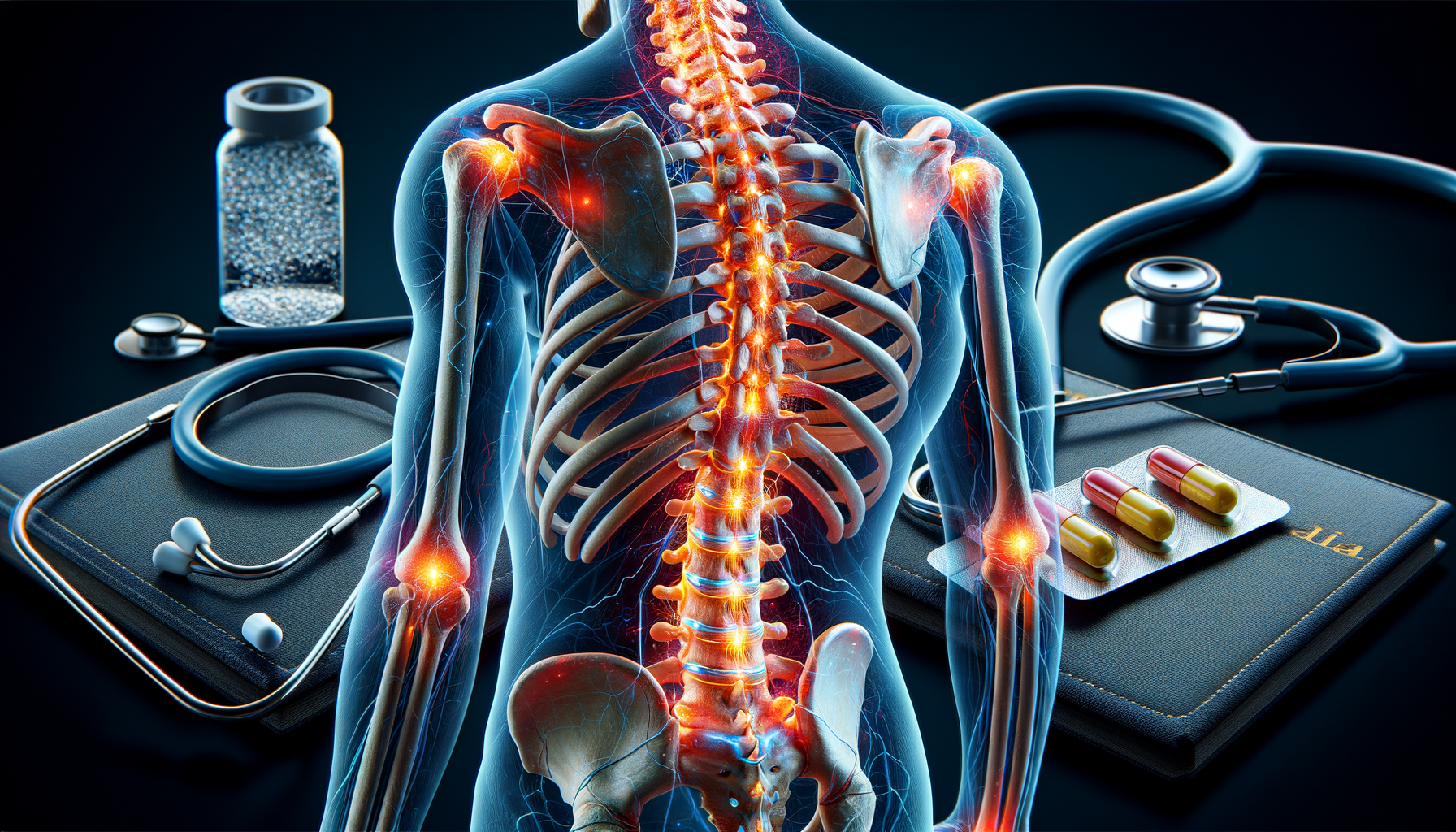Understanding Back Pain: Effective Solutions for Relief and Recovery
Back pain is a common issue that affects millions of people, impacting daily activities and overall quality of life. Whether you’re dealing with chronic discomfort or acute pain, finding effective relief is crucial. This article explores various treatment options, from exercises and physiotherapy to specialist care, helping you manage and alleviate back pain for a healthier, more active lifestyle.

Understanding the Causes of Back Pain
Back pain is a pervasive issue, affecting people of all ages and lifestyles. Understanding its causes is crucial for effective treatment. The origins of back pain can be multifaceted, ranging from poor posture and sedentary habits to more complex conditions like herniated discs or spinal stenosis. For many, the pain is a result of muscle or ligament strain, often due to heavy lifting or an awkward movement. In some cases, back pain may be linked to structural problems, such as scoliosis, which alters the spine’s alignment. Additionally, osteoporosis can lead to painful vertebral fractures. Recognizing these causes helps in tailoring specific treatments that address the root of the problem, rather than just alleviating symptoms.
It’s important to note that lifestyle factors play a significant role. Prolonged sitting, especially with poor ergonomic practices, can increase the risk of developing back pain. Regular physical activity, on the other hand, strengthens the muscles that support the back, reducing the likelihood of pain. Understanding the underlying cause of back pain is the first step in devising an effective relief strategy.
Exercise and Physical Therapy: Cornerstones of Treatment
Exercise and physical therapy are often the first lines of defense against back pain. These interventions aim to strengthen the muscles supporting the spine, enhance flexibility, and improve posture. A well-structured exercise program can significantly reduce pain and prevent future episodes. Physical therapists design personalized regimens that may include stretching, strengthening, and aerobic exercises. Stretching exercises focus on improving flexibility and range of motion, which can alleviate tension in the back muscles. Strengthening exercises target the core muscles, providing better support for the spine.
Physical therapy also often incorporates modalities such as heat, ice, ultrasound, and electrical stimulation to reduce pain and inflammation. Additionally, therapists may employ manual therapy techniques to mobilize the spine and surrounding tissues, facilitating pain relief and functional improvement. Regular engagement in these therapeutic exercises not only aids in pain management but also empowers individuals to maintain a healthier lifestyle.
Medication and Alternative Therapies
When back pain persists despite lifestyle changes and exercise, medication can be a valuable part of the treatment plan. Over-the-counter pain relievers, such as nonsteroidal anti-inflammatory drugs (NSAIDs), are commonly used to reduce inflammation and alleviate pain. In more severe cases, doctors may prescribe muscle relaxants or stronger analgesics. However, it’s crucial to use medications judiciously and under medical supervision to avoid potential side effects and dependency.
Alternative therapies also offer promising avenues for relief. Techniques such as acupuncture, chiropractic care, and massage therapy have gained popularity for their potential to relieve pain and enhance well-being. Acupuncture involves the insertion of thin needles into specific body points to stimulate nerves and muscles, promoting natural healing processes. Chiropractic care focuses on spinal manipulation to improve alignment and relieve pressure on nerves. Meanwhile, massage therapy targets muscle tension, enhancing circulation and reducing stress. These therapies can be effective complements to traditional medical treatments, providing a holistic approach to managing back pain.
When to Seek Specialist Care
While many cases of back pain can be managed with home remedies and lifestyle adjustments, there are instances when specialist care is essential. Persistent pain that does not improve with standard treatments, or pain accompanied by other symptoms such as numbness, weakness, or loss of bladder control, warrants a consultation with a healthcare professional. Specialists, such as orthopedic surgeons or neurologists, can provide a more comprehensive evaluation, often involving imaging tests like X-rays or MRIs to pinpoint the exact cause of the pain.
In some cases, surgical intervention may be necessary. Procedures such as discectomy, laminectomy, or spinal fusion can address structural issues causing severe pain. However, surgery is typically considered only after conservative treatments have failed, and the potential benefits outweigh the risks. Consulting a specialist ensures that individuals receive an accurate diagnosis and access to a wide range of treatment options tailored to their specific condition.
Conclusion: Empowering Yourself for a Pain-Free Life
Back pain can significantly impact one’s quality of life, but understanding the available treatment options empowers individuals to take control of their health. From exercise and physical therapy to medication and alternative treatments, there are numerous ways to manage and alleviate back pain. It’s crucial to adopt a comprehensive approach that addresses the root causes while promoting overall well-being.
By staying informed and proactive, individuals can reduce the incidence of back pain and enhance their daily functioning. Regular exercise, ergonomic adjustments, and timely medical consultations are essential components of a successful pain management strategy. Ultimately, the goal is to lead a healthier, more active life, free from the constraints of back pain.